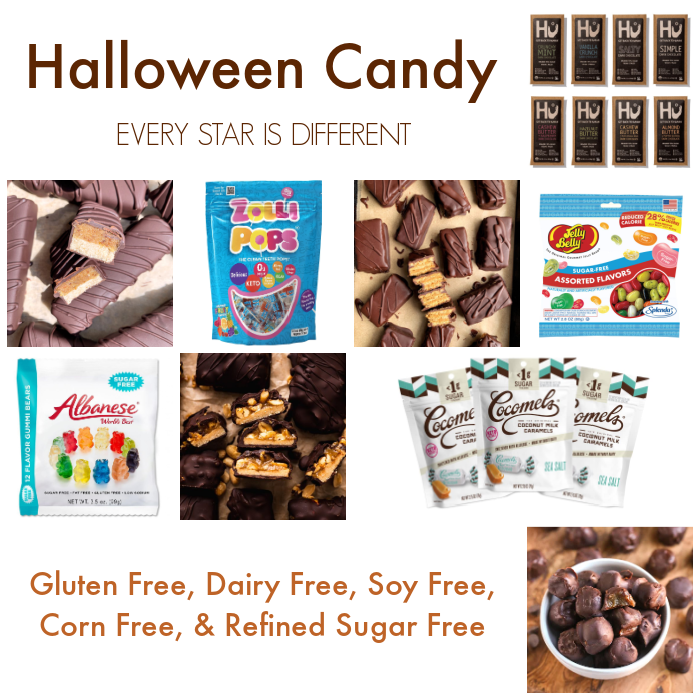Meal planning, grocery shopping, and all things related to food are aspects of my life I like to keep on autopilot as much as possible.
Minimalism is my guide.
The less I have to think about these things the better.
Meal planning and grocery shopping can be extremely time consuming and drain so much energy.
Over the years I have come up with ways to streamline these processes as much as possible with a family of six.
Here are 8 ways to incorporate minimalism into meal planning for your family.
8 Ways to Incorporate Minimalism into Meal Planning
1. Make Only 2 Plans a Year for Each Meal
Twice a year I sit down and create a five week meal plan for breakfast and dinner.
(Our family usually eats left overs or whatever the kids want to fix for lunch.)
One meal plan is for fall and winter.
The other meal plan is for spring and summer.
Usually I pull up the meal plan on the computer from the year before and make necessary adjustments based on new special dietary needs, breakthroughs in sensory struggles, and new recipes I've collected that everyone will like.
Sometimes meal planning is quick and easy. Other times it may take a few days, but then I'm done for an entire six months!
I like variety in what I eat so our meal plans don't repeat meals, but your meal plans can if that's what you prefer.
Our meal plans utilize seasonal produce to ensure we're saving as much money as possible.
2. Include Pictures in Your Meal Plan to Help with Finding Recipes Quickly
If you're computer savvy, create a meal plan that includes pictures and names of each recipe.
Pictures of each recipe make it so much easier for others to jump in and help in the kitchen, which saves so much time!
They can look at the meal plan, see the picture, and find the recipe so much faster.
Pictures on the meal plan are also a great reminder of what early prep can be done ahead of time!
3. Store Recipes Digitally for Easy Access when Grocery Shopping
My husband LOVES cookbooks.
He is a foodie and doesn't hesitate reading them from cover to cover.
His cookbooks are usually used as references for different types of cuisines and how to prepare things more than they are used for actual recipes, except for on special occasions and holidays.
When it comes to everyday recipes, I prefer using Pinterest for storage.
There's a picture of each recipe which I love. (I'm a very visual person.)
Instead of taking the time to make a grocery list, I just copy down the meals for the week on my phone and then use the recipes on Pinterest, if I forget what ingredients I need for each meal.
I find this process saves me so much time at home and at the grocery store.
It's an added bonus when my husband comes grocery shopping with me. He looks up recipes as we go, if neither of us can remember the ingredients lists while I continue to add items to the grocery cart!
4. Organize Cupboards so that You Know What You Need by Just Taking a Picture
Besides grocery shopping for meal ingredients, there's usually other items that we need.
Instead of going through each cupboard, refrigerator, and freezer and making a list, I just take pictures.
Each shelf is organized so I know exactly what I need just by glancing at it.
Now I know some may think this may not be possible due to a family member or yourself having ADHD, autism, etc.
I'm here to tell you it works even in household with four autistic and ADHD family members.
The main thing to remember is not to over stuff your shelves with too many items.
5. Grocery Shop Once a Week
I absolutely hate grocery shopping and limit my time in the stores to once a week whenever possible. (Fresh produce, company for dinner, or a fun Saturday night treat may be the only exceptions to this rule.)
When I go to the store, I purchase what I need for the entire week's worth of meals and necessities.
By purchasing groceries weekly, I'm able to have flexibility in what meals my husband or I prepare each night.
We aim to prepare the meals with the most fresh and perishable ingredients first.
Some weeknights are really busy.
Our meal plan makes sure to accommodate busy weeknights.
We did use online ordering during COVID-19.
For our family it was more of a hassle than not.
Due to special dietary needs and sensory struggles related to food, we had to have very specific items and brands without substitution options.
We never knew if we were going to receive all we needed or not.
Most weeks we end up needing to visit three different grocery stores for all of the items we need as well.
6. Create a Binder of Recipes for Use During Meal Prep
When I'm meal planning and grocery shopping, I'm all about going digital, but when it comes to cooking, I love having all of my recipes in one place on paper for easy access.
I keep our recipes in a binder with sheet protectors, so they aren't ruined while cooking.
Our family has found printing out each recipe to be very important, as we never know how long a website might last.
Some of our favorite recipes have disappeared from the web as people have transitioned from blogging to something else.
7. Keep the Kitchen Stocked with Basic Ingredients Just In Case
There are days when no one feels like cooking, someone is sick, there's an emergency, or something unexpected comes up.
We try to avoid eating out at all costs.
I keep our cupboards, refrigerator, and freezer stocked to ensure when something does come up, everyone can either grab what they want, or there's something super easy to prepare.
Three teenagers live at home right now, two are boys.
It's always important to have extra food on hand to make sure my teenage boys eat enough calories each day!
8. Make a Plan for Treats
Once meals and basic food needs are met, the one thing I've found that makes all the difference in our home is creating dessert bars to go along with dessert meal plans for each season.
They provide so much flexibility!
In the fall and winter I introduce a hot apple cider and hot cocoa bar with add ons that can be used for baking as well.
During the spring and summer I create an ice cream sundae bar. Once again, add ons can be used for other baking and dessert making activities.
I also create a list of ten desserts for each season that I rotate out.
Each week I add one dessert to my meal plan and pick up any ingredients we don't already have at home.
The system works so well for our family!
There are so many ways to minimize while meal planning.
I hope this post inspires you to try at least one idea in this post or perhaps it inspires you to come up with new and different ideas.
Every individual and family is different!
If you enjoyed this post, you may also like the resources below.



.jpg)




.jpg)







.jpg)
No comments:
Post a Comment